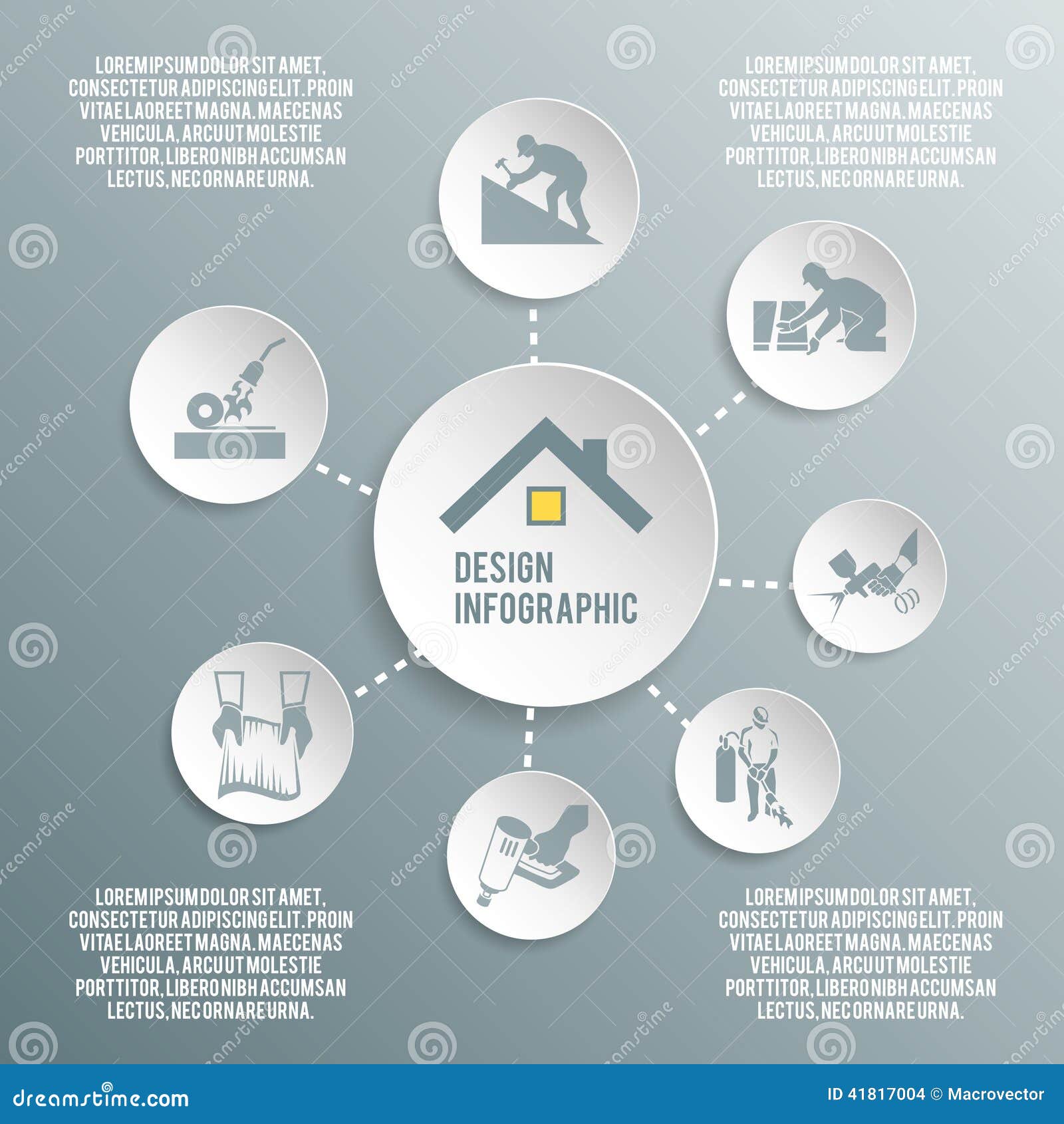Explore Just How The Facility Connection In Between Costs And Environmental Impacts Can Expose The Complete Capabilities Of Solar Energy In Comparison To Conventional Energy Sources
Explore Just How The Facility Connection In Between Costs And Environmental Impacts Can Expose The Complete Capabilities Of Solar Energy In Comparison To Conventional Energy Sources
Blog Article
Content Writer-Malmberg Owens
When analyzing the practicality of solar energy versus traditional power resources, you might find yourself contemplating the long-term sustainability and effect on your funds. The intricate equilibrium in between initial prices, recurring costs, and environmental ramifications elevates crucial questions concerning the future of power generation. As you navigate with the complexities of this comparison, a much deeper understanding of the nuances in cost-effectiveness, ecological stewardship, and power security awaits expedition.
Cost-Effectiveness Comparison
When contrasting the cost-effectiveness of solar power with typical power sources, it becomes noticeable that initial investment distinctions play a pivotal function in identifying long-term financial savings.
While solar energy systems need a greater upfront investment for installation and tools, they provide considerable lasting advantages that can exceed the first expenses. The essential lies in understanding that solar energy systems have minimal recurring functional and upkeep costs compared to conventional power resources like fossil fuels.
By investing in solar power, you can potentially save money on utility bills over the system's life expectancy. In addition, with improvements in technology and decreasing installment expenses, solar energy has ended up being more available and budget friendly for homeowners and organizations alike. These financial savings can collect in time, giving a roi that exceeds standard energy resources.
Furthermore, solar power systems supply the advantage of power independence and security against fluctuating utility costs. By harnessing explain the difference in the two types of solar energy systems: of the sunlight, you add to a cleaner setting and lower your carbon impact. Welcoming solar power not just advantages your budget but also the planet in the future.
Environmental Impact Analysis
Solar power presents an encouraging option to typical power resources as a result of its significantly reduced ecological impact. Unlike fossil fuels that produce harmful greenhouse gases and add to air pollution, solar energy creates electricity without generating any type of discharges.
The process of utilizing solar power involves catching sunlight with photovoltaic panels, which doesn't launch any kind of contaminants right into the environment. This lack of emissions helps reduce the carbon impact related to power production, making solar energy a cleaner and a lot more sustainable option.
Additionally, the use of solar energy contributes to preservation efforts by lowering the demand for limited sources like coal, oil, and natural gas. By relying upon the sun's abundant and renewable energy resource, we can aid preserve all-natural habitats, safeguard ecosystems, and alleviate the adverse impacts of resource removal.
Integrity and Power Landscape Analysis
For a detailed analysis of dependability and the energy landscape, it's important to assess exactly how solar energy compares to conventional resources. Solar energy is gaining ground as a trusted and lasting power resource. While standard sources like coal, oil, and natural gas have been traditionally leading, they're limited and add to ecological degradation.
Solar energy, on the other hand, is abundant and eco-friendly, making it a more sustainable option over time.
In terms of integrity, solar power can be dependent on climate condition and sunlight schedule. However, advancements in innovation have resulted in the advancement of power storage space remedies like batteries, improving the integrity of solar power systems. Traditional sources, on the contrary, are at risk to price changes, geopolitical tensions, and supply chain interruptions, making them less reliable in the long term.
When examining the energy landscape, solar power provides decentralized energy production, reducing transmission losses and increasing energy safety and security. Traditional resources, with their central nuclear power plant, are extra susceptible to interruptions and need comprehensive facilities for distribution.
https://www.ecowatch.com/solar/panel-cost/ut
In conclusion, when contrasting solar power to typical power resources, it is clear that solar power provides a cost-effective, environmentally friendly, and trustworthy alternative. With minimal operational costs, possible cost savings on energy bills, and a substantially lower environmental influence, solar energy is ending up being a more lasting and protected option. Embracing solar energy can help reduce greenhouse gas discharges and contribute to conservation initiatives, making it an engaging selection for the future.
